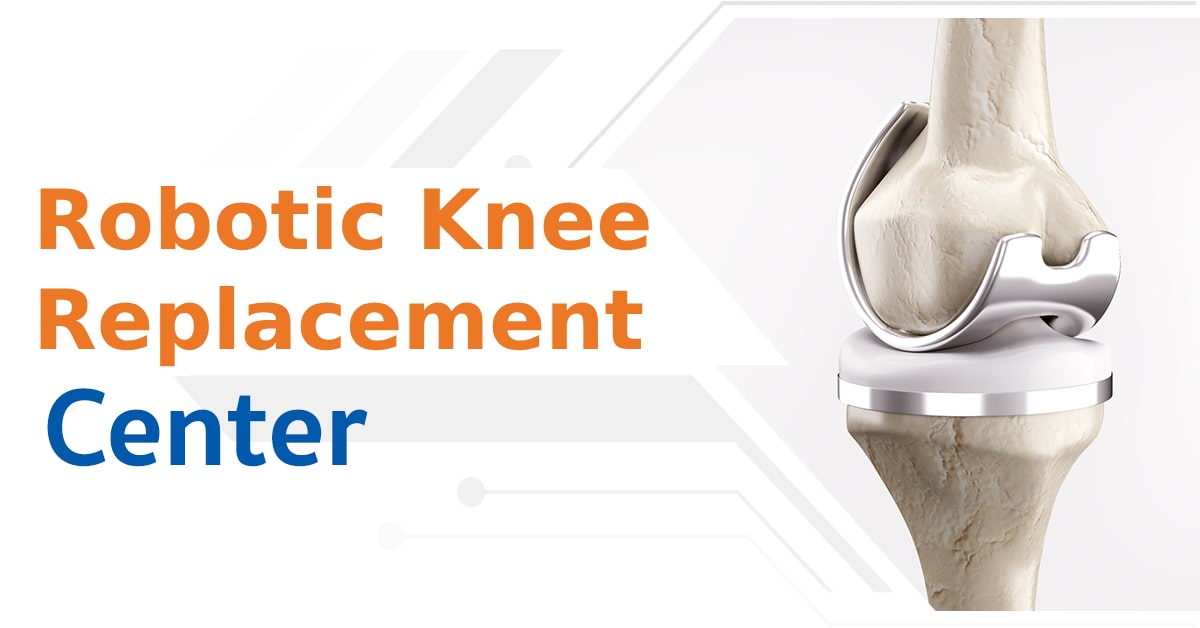
Partial knee replacement
Overview
Partial knee replacement is a viable option when osteoarthritis has primarily affected a single compartment of the knee, allowing for the replacement of only the damaged portion while preserving the healthy parts. The procedure may improve the knee’s functionality and reduce pain. Damaged bone and cartilage are replaced during surgery with plastic and metal prosthetic.
In the past, partial knee replacement was typically limited to older patients with limited physical activity levels. Younger patients are now frequently treated with partial knee replacement, as their recovery is quicker and typically less painful. The predicted eligibility rate for partial knee replacement is between 5% and 6% of individuals with arthritic knees.
Reasons for undergoing the procedure.
Osteoarthritis of the medial or lateral knee can be taken into consideration for partial knee replacement. The term “lateral” refers to the joint’s outside compartment, which is the compartment farthest from the opposing knee, while the term “medial” refers to the joint’s inside compartment, which is the compartment closest to the opposing knee. The most typical arthritic deformity is medial knee joint degeneration.
The following factors may include:
- If a patient’s knee pain persists despite using anti-inflammatory medications and trying to maintain a healthy weight, they may want to think about getting a knee replacement.
- The healthcare provider will inquire about the location of the knee’s pain before examining the stability and range of motion. The suitability of partial knee replacement is determined by an X-ray of the knee. But until the procedure has started, the healthcare provider may not be confident if the patient is a good candidate.
- To be considered a candidate for partial knee replacement, the patient should possess an intact anterior cruciate ligament, exhibit damage in just one knee compartment, maintain knee stability, and demonstrate sufficient range of motion. The deformity’s angle is also taken into account.
- Only sedentary individuals 60 and older were given consideration for a partial knee replacement in the past. People who are younger and more active are now more taken into account.
Risk
Similar to every surgical procedure, knee replacement surgery has risks. They include the following:
- The surgical site may become infected.
- Blood clots, blood vessel or nerve damage, and other risks include. These problems are particularly rare.
- The patient might feel some stiffness in the knee joints.
- The prosthesis could fail or become loose, and there might be ongoing pain as late complication.
Procedure
An operation to partially replace the knee removes bone and diseased tissue from the knee joint. It is performed when only a little portion of the knee is affected by arthritis. An artificial implant, or prosthesis, is used to replace the missing tissue. There is a shorter recovery period for partial knee replacements because they are often performed with smaller incisions.
Before the procedure
All medications, including herbal remedies, dietary supplements, and over-the-counter medications should be disclosed to the healthcare provider.
The following should be prepared prior to the surgery.
- A patient who is taking medication that makes it more difficult for their blood to clot may be told to stop. Aspirin, ibuprofen, naproxen, blood thinners like warfarin, and other medications fall under this category.
- You might be required to discontinue the use of any medications that suppress your immune system, such as Enbrel and methotrexate.
- Pre-existing health condition should be disclosed with the specialist such as diabetes, heart disease, or any other medical condition.
- Avoid consuming any alcoholic drink and smoking.
- If the patient is experiencing any illness such as cold, flu, fever, herpes, or other illnesses should be shared with the healthcare provider.
- Patient may practice using walker, cane, crutches, or wheelchair.
During the procedure
The patient will get anesthesia, or pain-blocking medication, prior to surgery. One of two anesthetic kinds will be used:
- Patient may be sedated using general anesthesia (patient will be sedated all throughout the procedure), or regional anesthesia. (The patient’s lower body will be numb. Additionally, they will be given medications to induce relaxation or sleep.)
- Over the knee, the surgeon will create a cut. This cut measures roughly 7.5 to 13 centimeters, or 3 to 5 inches.
- The entire knee joint is examined by the surgeon. The patient might require a total knee replacement if there is damage to more than one area of the knee.
- A plastic and metal component is then inserted into the knee after the damaged bone and tissue have been removed. Bone cement is used to affix the component once it has been placed correctly.
- After the replacement, the incision will be close.
After the procedure
- The patient might be discharged from the hospital the same day or might have to spend the night.
- Patient is immediately able to bear all of their weight on their knee.
- They should try to follow the healthcare provider instructions after they get home. This includes using the restroom and taking a guided hallway walk. In order to increase range of motion and strengthen the muscles around the knee, the patient will also require physical therapy.
Outcome
The day after surgery, the patient can begin moving their knee. Compared to total knee replacement, their knee function should return quickly and with less discomfort. While they are in the hospital and for two to four weeks after discharge, they will work with a physical therapist to mobilize the knee. No later than one or two days following surgery, the patient is typically discharged.
In around six to eight weeks, the patient should be able to resume all activities. Due of the replacement’s possible deteriorating bearing surface, impact exercises or jogging/running may not be advised. Sports like skiing, tennis, and other athletic pursuits are acceptable. To enable them to resume their favorite pastimes, of course, partial knee replacement is even being thought about.
Some people may experience positive outcomes after a partial knee replacement. The patient might eventually require a full knee replacement since the irreplaceable portion of the knee can still deteriorate. Up to ten years following surgery, partial inside or outside replacement offers good results.
As opposed to partial inside or outside replacements, partial patella or patellofemoral replacements do not have as favorable long-term outcomes. The patient should inquire with their doctor about their success rate for their disease as well as whether they are a candidate for a partial knee replacement.




















